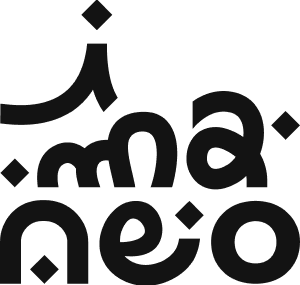(Madrid (Spain) 1896-San Lorenzo de El Escorial (Spain) 1978)
Casto Fernández Shaw e Iturralde began studies in mining engineering at the Escuela de Minas before opting for architecture studies, where he earned his degree in 1919.
He began his professional career under his professor Antonio Palacios and, notably, with the Otamendi brothers in the Compañía Urbanizadora Metropolitana, beginnings that resulted in the Titanic buildings in Madrid.
In 1922, with engineer Carlos Mendoza, he completed the Salto del Carpio, earning him the Gold Medal in architecture at the International Exhibition of Decorative and Modern Industrial Arts in Paris (1925). Fascinated by the European avant-gardes, he went on to complete other dam projects in Andalusia (Alcalá del Río, El Encinarejo, Jándula), and the Porto Pí service station in Madrid (1927), which became a symbol of modernity in Spain.
Disappointed by the jury’s decision for the Madrid airport project, he turned to something else and founded the magazine Cortijos y Rascacielos (1930). He then joined functionalist currents without renouncing futurism. GATEPAC had his sympathies, although he did not join its ranks, and he accepted its rationalist canon. In 1931, following the proclamation of the Second Spanish Republic, he embraced architectural modernity without taking a political stance, by carrying out various projects like the Coliseum in Madrid, with Art Deco influences.
During the Civil War, he visited the 1937 Paris Universal Exhibition and the Spanish pavilion designed by José Luis Sert, where he presented his Colon Lighthouse project to delegates for the next universal exhibition, in New York in 1939. He then left for London where his brother served as cultural attaché of the Republic. Back in Spain, he settled in Cadiz as curator of the La Carraca arsenal and as honorary engineer of the Navy. In 1939, he was appointed academic member of the Provincial Fine Arts Academy of Cádiz.
After the civil war, he divided his activity between Madrid, Andalusia, and Morocco (especially in Tetouan where he promoted the International Art Association), alternating between avant-garde and eclectic or historicist proposals, which he imbued with rationalist touches. In 1940, he became consulting architect for the Centro de Estudios y Proyectos of the Dirección de Construcciones e Industrias Navales, and a member of the Madrid Reconstruction Board (1940-1947).
Then, from 1941, he joined the Instituto Técnico de la Construcción y Edificación as a numerary member. Simultaneously, his pacifism enriched his work with a dream-like dimension: a new, visionary, and futuristic urban landscape appeared in response to the catastrophes of wars, subject to the laws of aerodynamics through models, projects, sketches, illustrations, etc., of what he called “aerostatic cities” or “armored cities” or also “aerial and anti-aircraft architectures.”
In 1951, he founded, with some young people, GEMA, Study Group of Modern Architecture. Alongside these professional activities, he encouraged the creation of the Society of Friends of Castles in 1952. Interested since his youth in the problems of underground urban parking, he launched, with his friend Juan Giber, the company ESPROGA (1959) and, in 1961, he received the gold medal at the International Salon of Inventors in Brussels for his radial garage of the same name.
The Order of Architects of Madrid has undertaken the preservation of the archives of Casto Fernández Shaw e Iturralde, recognized today as one of the most original voices in Spanish architecture of the 20th century.
-

El Salto Dam-Bridge and Power Plant
El Carpio, Spain Read more

